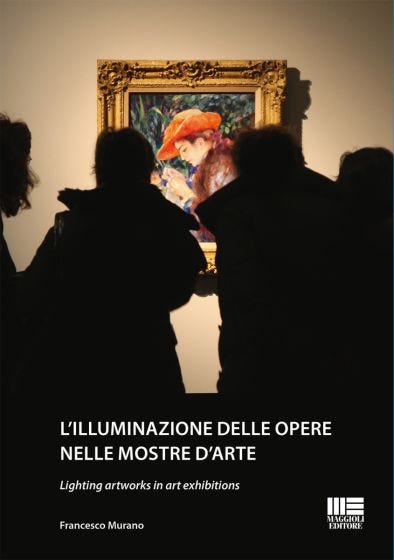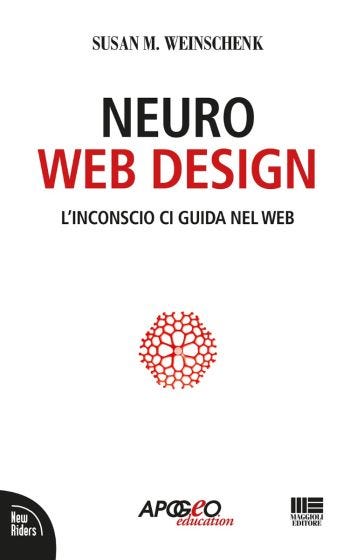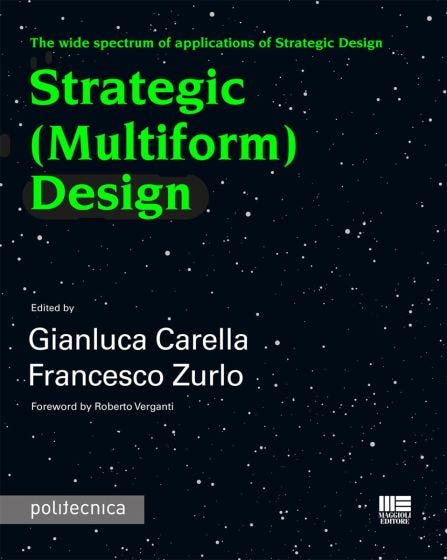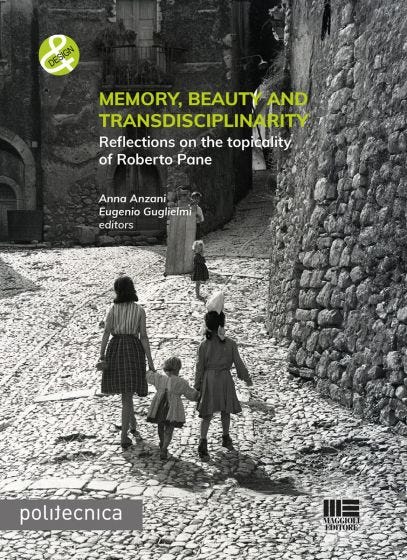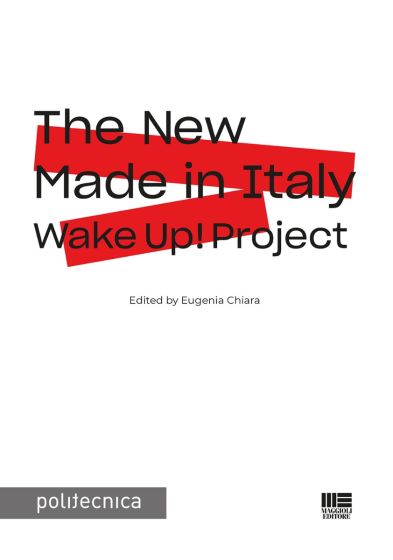L'illuminazione delle opere nelle mostre d'arte
Lighting artworks in art exhibitions
di Francesco Murano
Ogni anno in Italia si realizzano innumerevoli mostre frequentate da milioni di visitatori desiderosi di ammirare opere d’arte illuminate dalla luce naturale o da quella artificiale.
La luce artificiale ha il compito fondamentale di rendere godibili le opere esposte, ma all’interno degli ambienti svolge molte altre funzioni e viene impiegata anche per rischiarare gli spazi, per delineare i percorsi, per consentire la lettura delle didascalie e delle grafiche.
Illuminare bene una mostra presuppone conoscenze tecniche articolate e specifiche che si maturano in anni di esperienza e che non possono essere apprese con la semplice lettura dei comuni testi di illuminotecnica.
Imparare ad illuminare le opere d’arte è quindi il frutto di una esperienza lunga e personale e le indicazioni e i suggerimenti che vengono indicati nel breve trattato possono aiutare a evitare molti degli errori che spesso impediscono la corretta e piacevole visione delle opere e degli stessi spazi espositivi.
Countless exhibitions take place in Italy every year, involving millions of visitors eager to admire works of art illuminated by natural or artificial light. Artificial light has the fundamental task of making the exhibited artworks enjoyable. But within the environments, it does many other functions and is also used to brighten up the spaces, highlight the paths, and allow the reading of captions and graphics. But lighting well art exhibitions require an articulated and specific technical knowledge that matures in years of experience and that cannot be learned with the simple reading of common lighting textbooks.
Learning to illuminate works of art is therefore the result of one long and personal experience and the particulars and suggestions that come indicated in the brief text to avoid many mistakes that often prevent a correct and pleasant view of the artworks and yet of the exhibition spaces.
Vittorio Sgarbi
Francesco Murano, architetto, docente di Design e membro del laboratorio “Luce e colore” del Politecnico di Milano, ha conseguito un master presso la Domus Academy e un dottorato di ricerca in disegno industriale con una tesi di laurea dal titolo “Le figure della Luce “. Ha svolto ricerche accademiche, scientifiche, programmi e attività di progettazione per importanti istituzioni culturali e società industriali, concentrandosi sulla progettazione della luce e illuminando oltre 200 delle più importanti mostre d’arte in Italia e all’estero.
Francesco Murano is a professor at the Design School and a member of the “Light and Color” laboratory of the Milan Polytechnic. Architect, he obtained a master at the Domus Academy and a PhD in Industrial Design with a degree thesis entitled “The shapes of light”. He carried out academic, scientific, research programs and design activities for important Italian and foreign industries as well as Cultural entities and Institutes, focusing on lighting design and he has illuminated over 200 of the most important art exhibitions in Italy and abroad.
| Pagine | 118 |
| Data pubblicazione | Aprile 2024 |
| ISBN | 8891668981 |
| ean | 9788891668981 |
| Tipologia prodotto | Cartaceo |
| Sottotitolo | Lighting artworks in art exhibitions |
| Editore | Maggioli Editore |
| Dimensione | 17x24 |


